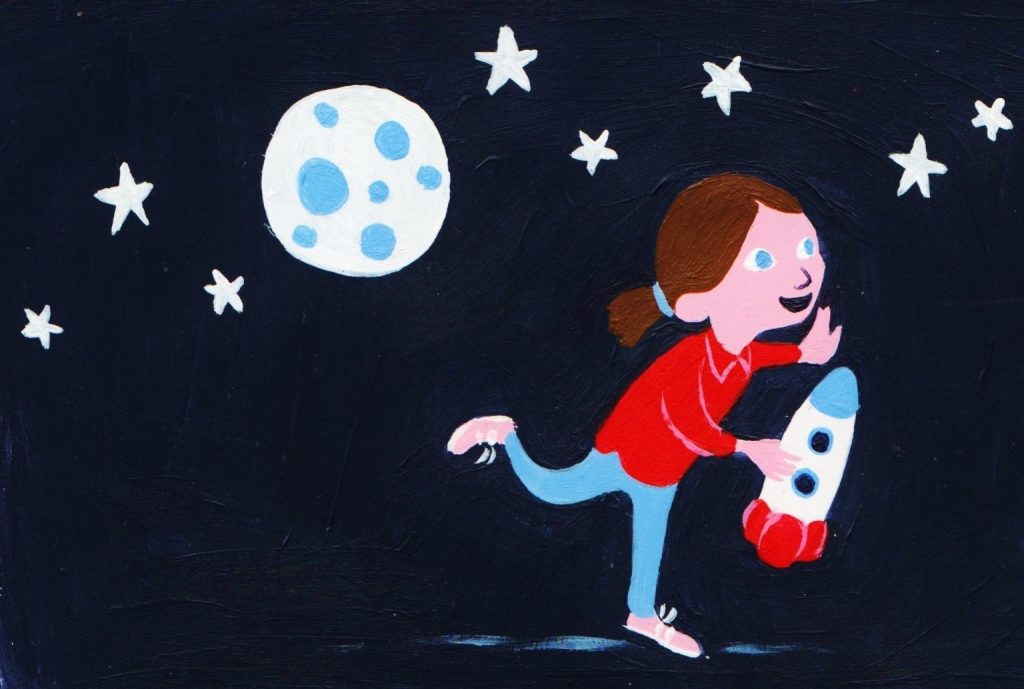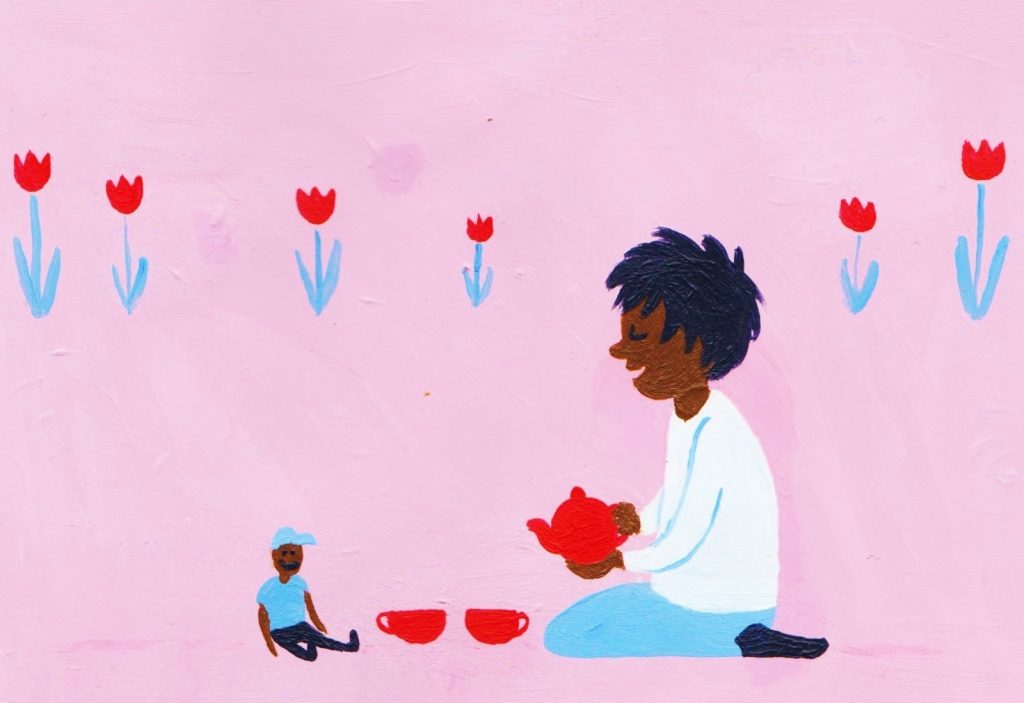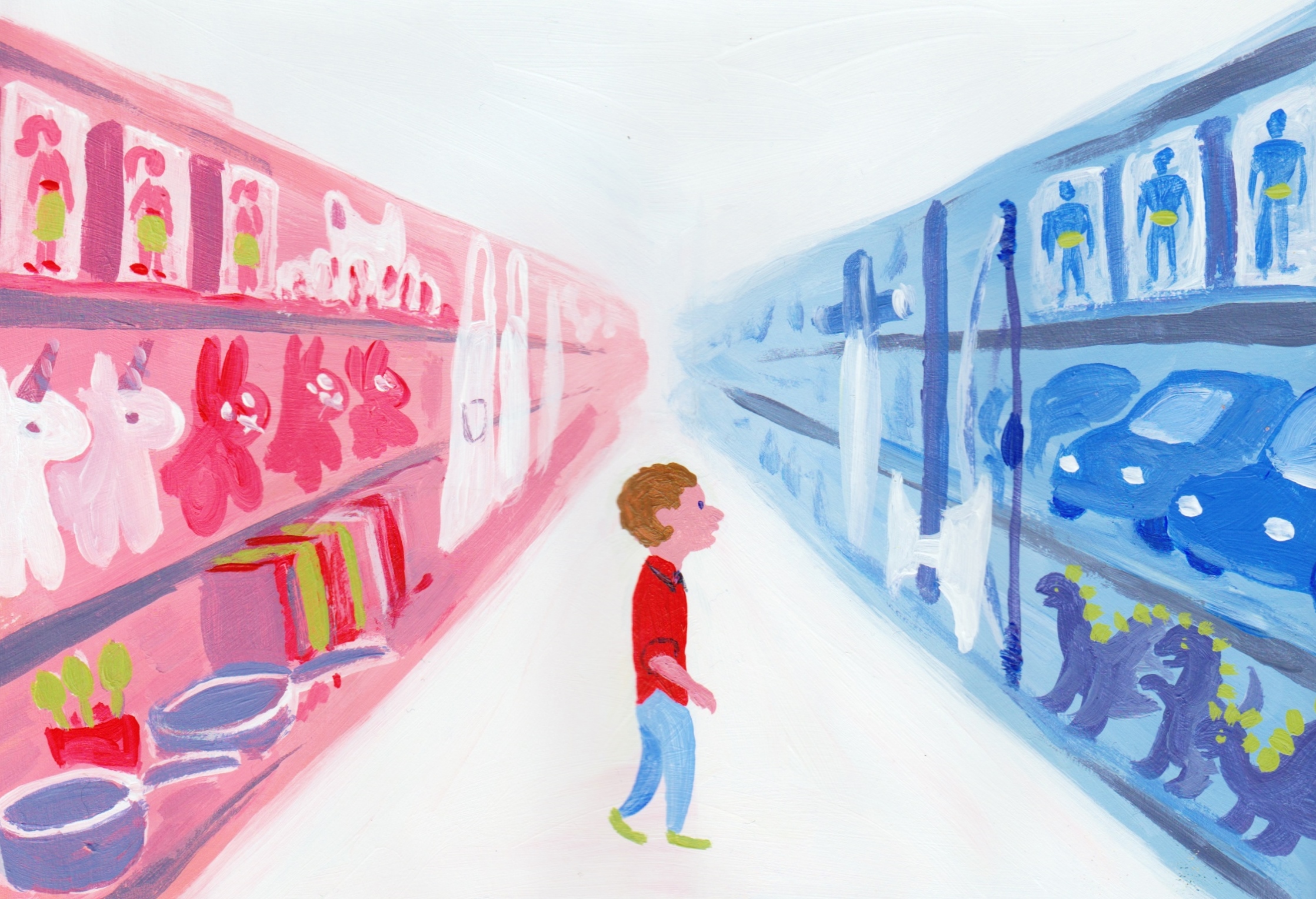Just this week I found myself listening to an with an advert on the radio telling me that ‘men prefer to be in the driving seat’, while women prefer ‘diamond rings’.
It rankled me slightly, primarily because I think rings are really annoying to wear, diamonds are too expensive to waste my cash on, and, actually, I quite like driving. It’s just one small example of gender stereotyping, but the debate around the issue stretches much wider.
Earlier this year shoe shop Clarks were forced to apologise after their range of shoes was declared sexist. There was an international row after a leaked Google memo accused effort to increased diversity in tech as ill-thought through and John Lewis faced a huge backlash after declaring they would no longer split clothing into ‘girls’ and ‘boys’.
It artificially reduces what they’re capable of
Dr. Christia Brown
Previously when we wrote about this issue we also came across some divided opinions. Dr. Christia Brown, a researcher into gender stereotypes and the author of Parenting, Beyond Pink and Blue, told us she firmly believes stereotypes are limiting both girls and boys, saying it limits children’s opportunities and “artificially reduces what they’re capable of”.
Other commenters were somewhat less sold on the idea though, so we decided to ask some parents what they thought about the whole thing. After all, equality is at the heart of our human rights.
‘I’ve ‘Lost’ Overtly Girly Toys’

Image Credit: Ellie Collins / RightsInfo
Katie Stock: I’ve “lost” overtly girly toys my daughter has been given. Though, since cutting her hair short I have felt more pressured to dress her in a feminine way to avoid gender confusion. It was upsetting her that people (stupidly) assumed she was a boy. She does get to choose, which usually means short-short hair, silver shoes and a glitter top! I am trying to address the imbalance of the gifts she’s given though and I ask closer friends for gender-neutral toys, non-white dolls or books with female protagonists.
This whole gender thing has gone too far. My daughter really liked pink for a while. Were people really judging my intelligence and values on that?
Joy R Persuad: This whole gender thing has gone too far. My daughter really liked pink for a while. Were people really judging my intelligence and values – and hers – based on that? She’s into purple and turquoise now. Who really cares? When did pink mean brainless and weak? I quite like pink and can kung fu a man out of the way with ease no matter what hue I am wearing!
Nishtha Chugh: I send my two-and-a-half-year-old son to play with two little girls next door on purpose. All their toys – kitchen stuff, shopping trolleys and dolls – are unsurprisingly all bright pink. But I keep reminding him they are not ‘girlie toys’ and that boys can wear and have pink too. When the girls come over I nudge them to explore trains, trucks and planes and remind them they are not boys toys. More than the children it’s the adults who often question my choice of colour or toys for my son.
More than the children it’s often adults who question my choices for my son.
Victoria Dove: I was picked on at school (in the 80s) for having a red and green Incredible Hulk lunch box as it was a “boys” lunch box. The other girls had My Little Pony and Rainbow Bright in pastel colours. When I cried to my mum she told me it was “unisex” and my mind was opened to a new category. Today I try not to influence my son whose favourite colour is purple despite other people having a problem with it.
‘My Mum Told Me It Was “Unisex” And My Mind Was Opened”
 Image Credit: Ellie Collins / RightsInfo
Image Credit: Ellie Collins / RightsInfo
Katie Antoniou: When my daughter was a baby I usually dressed her in gender neutral clothes or boys’ clothes as we’d inherited a load of hand me downs. I honestly think people interacted with her differently when they thought she was a boy. People would speak directly to her, saying: “How you doing, little fella?”. But when she was dressed in girlier stuff people would speak to me about her, saying: “Isn’t she gorgeous?” Read into it what you will. I think it says a lot about how we talk to boys and girls from a young age.
I honestly think people interacted with her differently when they thought she was a boy
Gillian Harvey: My twin boys wanted dolly pushchairs for their fourth birthday. They used to strap their cars into them and run around the garden. But I’m also happy to go full-on girl/boy though. I got criticised for posting a picture online where my girls had pink bike helmets and my boys had blue. I hadn’t even thought about it. They had two colours, and I knew they’d like them. The desire for gender neutrality can go too far sometimes!
Janet Dudey-Saul: Stereotyping gender isn’t necessary. I have three sons and I taught them to knit, they loved sweeping brooms and insisted on having one toenail painted on each foot when I did mine – but they also did what is seen as boy stuff.
I got criticised for posting a picture where my girls had pink bike helmets. I haven’t even thought about it. The desire for gender neutrality can go too far sometimes.
Sarah Montrose: We frequently buy leggings and tops from the ‘girls’ section, and very rarely wear blue. Because of this a lot of people initially weren’t sure what sex Alex was – you could see the panic in their eyes. In my opinion, the whole pink and blue thing is a piece of marketing brilliance. What’s even more genius though? The rise of the unisex category. I am definitely pro unisex – and plan on raising our kids as neutrally as possible and let them choose what they like, but this third category? Retailers must be rubbing their hands together with glee!







